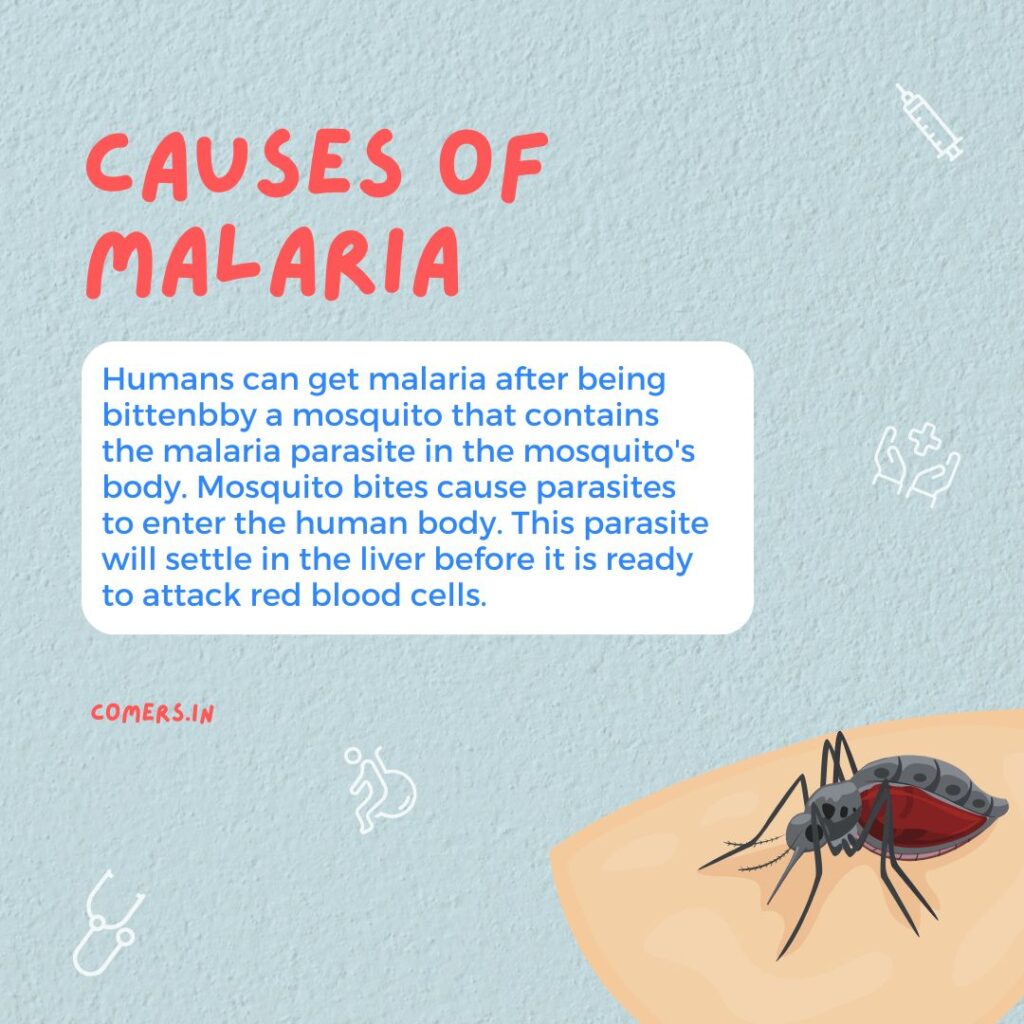
Malaria is one of the world’s most serious mosquito-borne diseases, affecting millions of people each year—especially in tropical and subtropical regions. But how exactly does this disease spread? Let’s break down the cause and how it impacts the human body.
🦟 How is Malaria Transmitted?
Malaria is caused by a parasite called Plasmodium, which is transmitted to humans through the bite of an infected female Anopheles mosquito. When the mosquito bites a person, it injects the malaria parasite into their bloodstream.
🧬 What Happens After a Mosquito Bite?
Once the parasite enters the bloodstream, it doesn’t immediately cause symptoms. Instead, it travels to the liver, where it matures and multiplies. After several days, the parasites re-enter the bloodstream and begin to infect red blood cells. This stage is when the symptoms—such as fever, chills, and body aches—begin to appear.
⚠️ Why is This Important?
Understanding how malaria spreads is essential in preventing it. By knowing that the bite of an infected mosquito is the sole route of transmission, we can take targeted measures to protect ourselves and our communities.
✅ Prevention Tips
- Use insect repellent regularly.
- Sleep under insecticide-treated mosquito nets, especially in high-risk areas.
- Eliminate stagnant water around your home to reduce mosquito breeding grounds.
- Wear protective clothing that covers the skin, particularly during dawn and dusk when mosquitoes are most active.
🌍 Final Thoughts
Malaria is preventable and treatable, but only if we take it seriously. Awareness is the first step toward protection. By understanding the causes and adopting simple preventive measures, we can reduce the spread of malaria and save lives.
Let’s spread awareness, not malaria.
#MalariaAwareness #MosquitoBorneDiseases #PublicHealth #StaySafe #PreventMalaria
